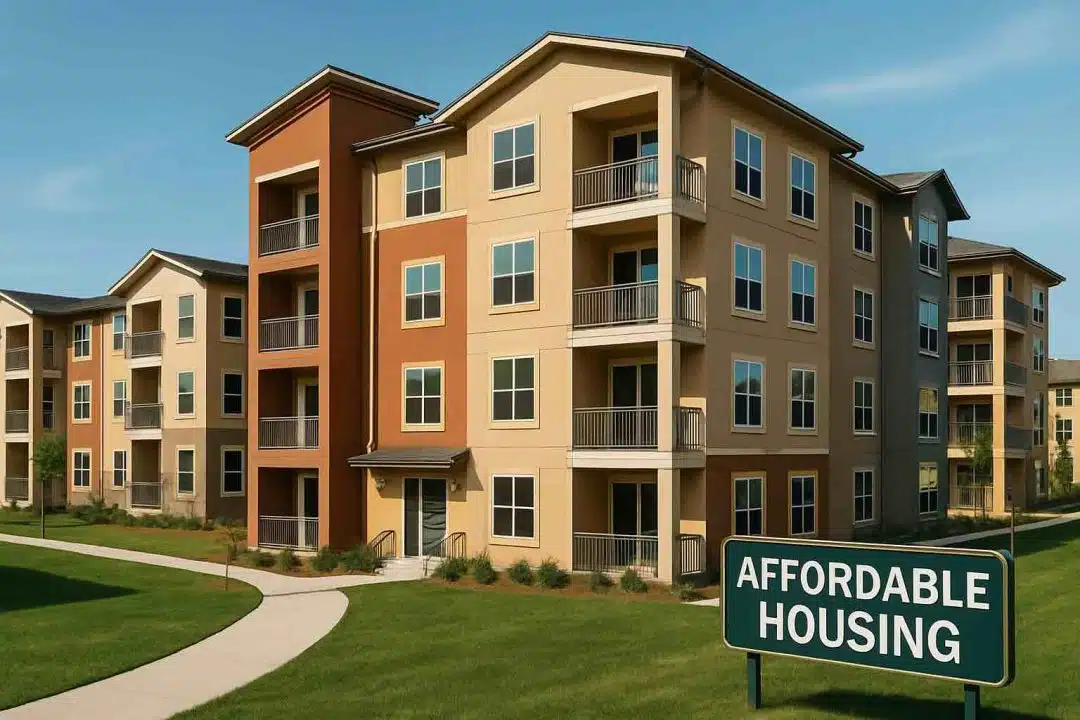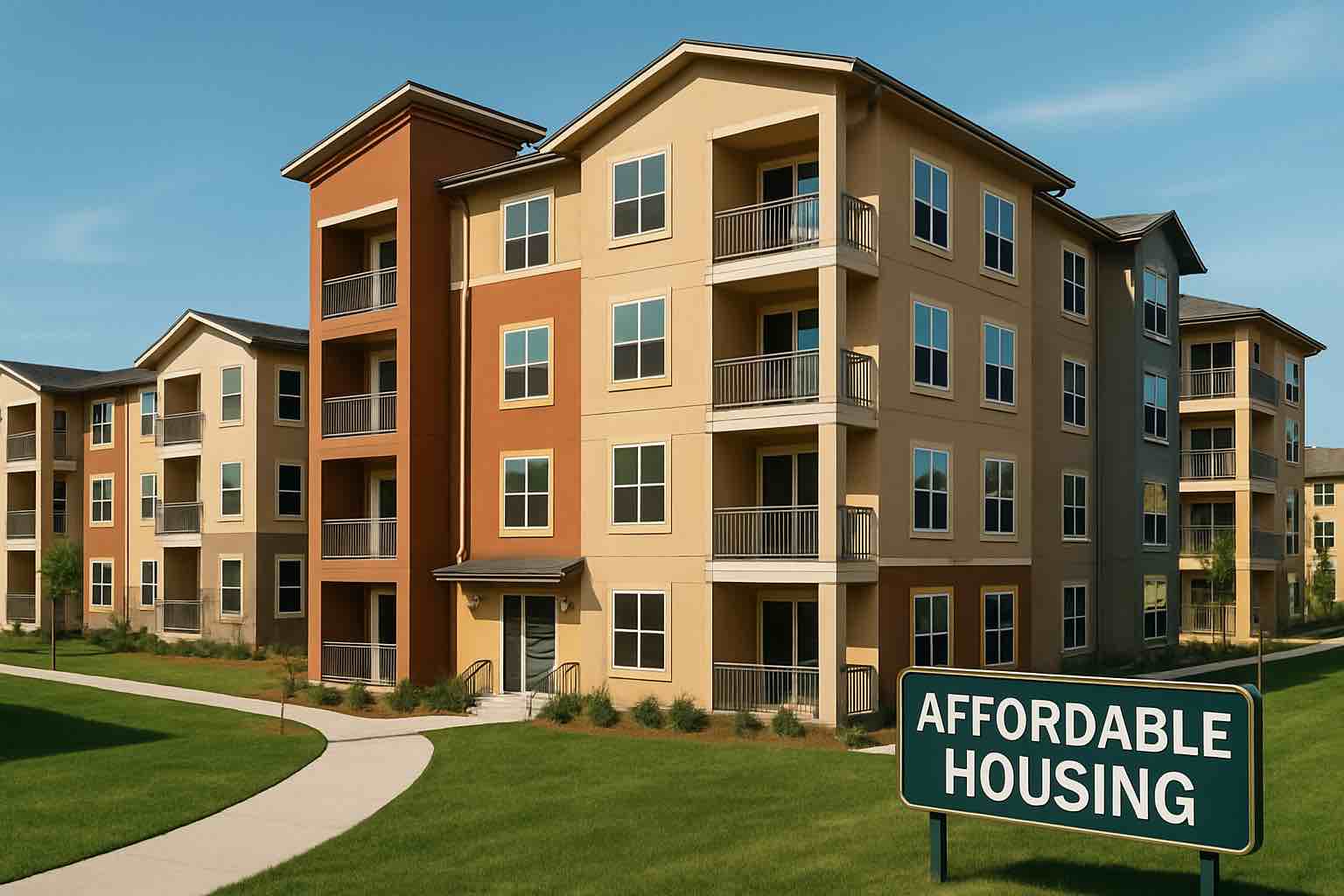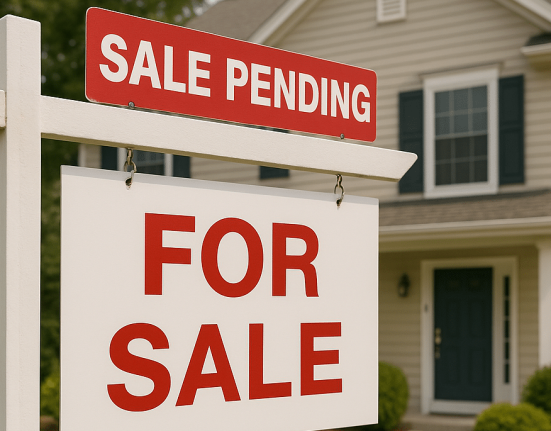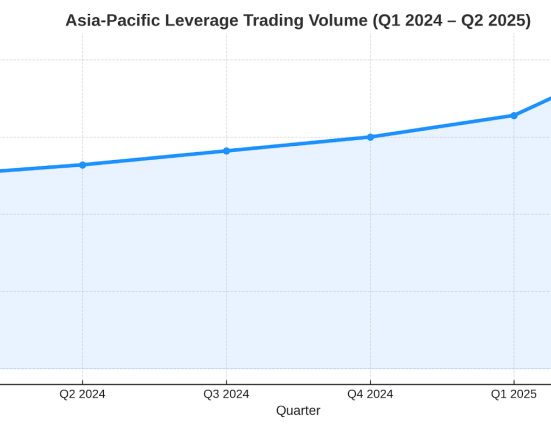

The HOME Investment Partnerships Program (HOME) remains one of HUD’s most important tools for creating affordable housing across the United States. In 2025, new funding levels and updated priorities are shaping how cities and nonprofits use HOME funds to build and preserve housing for low-income families.
What is the HOME Investment Partnerships Program?
Created in 1990, the HOME program provides federal grants to states and local governments to:
- Build, buy, or rehabilitate affordable rental housing.
- Provide direct rental assistance to low-income households.
- Fund down payment assistance programs for first-time homebuyers.
HOME is the largest federal block grant exclusively dedicated to creating affordable housing for low-income Americans.
Key updates to the HOME program in 2025
Several important changes and trends are shaping HOME-funded projects this year:
- Increased funding: Congress approved a modest boost to HOME funding for 2025, with a focus on expanding rental housing stock.
- Priority on deeply affordable housing: New HUD guidelines encourage projects that serve households earning below 30% of the Area Median Income (AMI).
- Focus on energy efficiency: Grants now prioritize housing developments that meet green building standards.
- Longer affordability periods: Some rental projects funded in 2025 must maintain affordability for 30 years or more, up from the traditional 20-year standard.
These changes reflect HUD’s broader goal to address the national shortage of deeply affordable rental homes.
How HOME impacts renters and buyers
For renters, the HOME program can mean:
- More availability of affordable units in new or rehabilitated properties.
- Access to direct rental assistance in some areas.
For homebuyers, HOME-funded down payment assistance programs can make buying a first home more affordable, especially for families with modest incomes.
Each city or state agency administering HOME funds sets specific eligibility requirements, typically targeting households below 80% of AMI.
How cities and nonprofits use HOME funds
Local governments and nonprofit developers use HOME grants to:
- Construct new affordable rental complexes.
- Rehabilitate older buildings for affordable housing use.
- Provide tenant-based rental assistance (TBRA).
- Assist first-time homebuyers with down payments and closing costs.
Recipients must provide a 25% local match for most HOME grants, encouraging public-private partnerships to maximize impact.
Why the HOME program matters in 2025
With rents rising and home prices hitting new highs, the HOME program remains crucial for:
- Expanding affordable rental options.
- Helping low-income families avoid homelessness.
- Stabilizing communities through long-term affordable housing development.
Advocates continue pushing for even higher HOME funding levels in future federal budgets.
For more details about HOME-funded projects or eligibility requirements, visit hud.gov.







